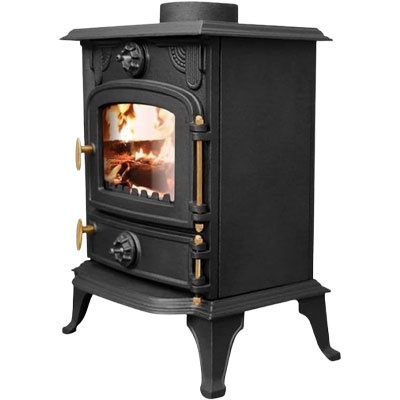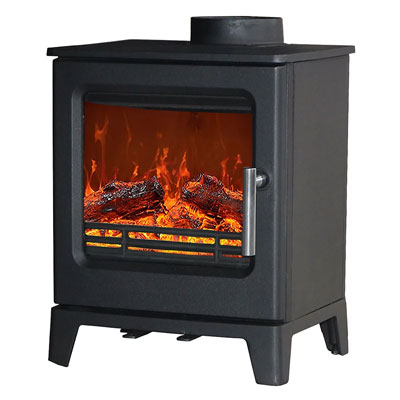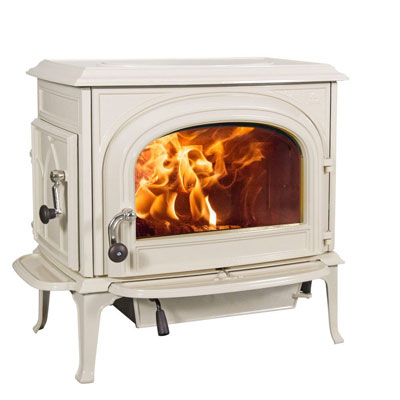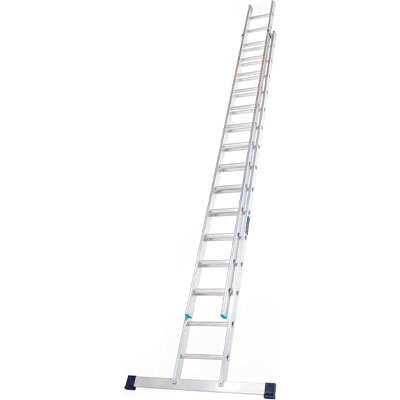6 lessons I learned when installing my own log burner — and why you should think twice before doing the same
Having installed my own log burning stove, here's the six things I want you to know before you attempt to have a go yourself
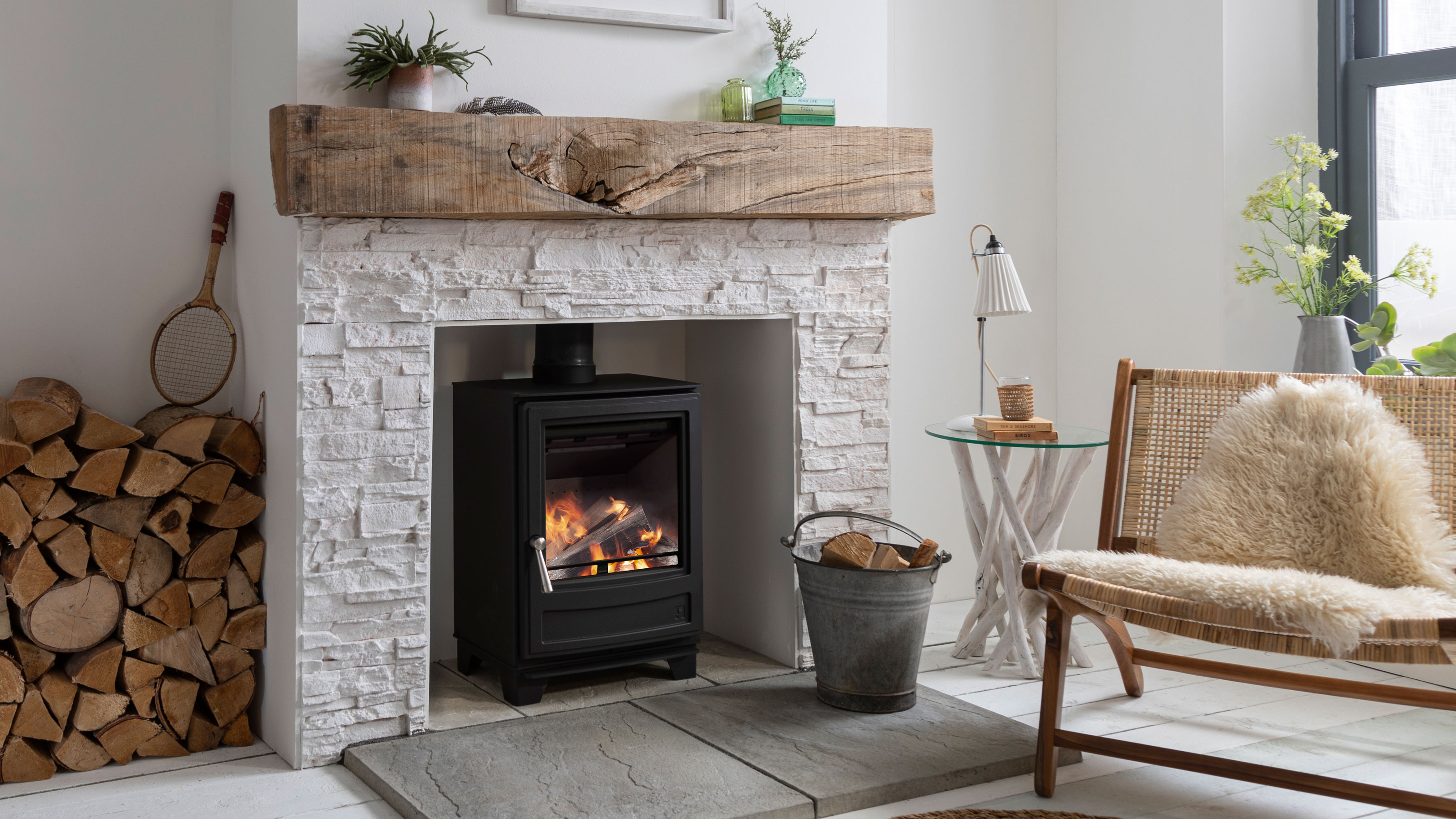

During the renovation and extension of my Edwardian cottage, the majority of the work was carried out by me and my husband – largely due to the fact that we were trying to make savings wherever we could in order to spend on the aspects of the build that we just couldn’t do ourselves.
While we left the actual construction of the two extensions we added to the professionals – namely my builder brother-in-law and his roofer plus an electrician – we did pretty much everything else ourselves, including installing our wood burning stove.
Again, the DIY log burner installation was a money-saving exercise, but it wasn’t without its issues. If you are considering fitting your wood burner yourself, there are several key considerations to bear in mind. I’m here to explain them in order to help you make an informed decision on whether this is the right route for you.
Can you install a wood burning stove yourself?
Many people ask this question and, while it is true that there are many building regulations for log burners to be aware of, DIY installation is still a viable option – although not necessarily one that the experts I spoke to would advocate.
'You can legally install a DIY wood burner, but it’s recommended to use a qualified professional for safety and compliance,' explains Joanna Humphreys, fire and stove expert for Direct Stoves.
'We always say to work with a registered installer who will offer detailed technical specifications and support to guide you along the way,' adds Jon Butterworth, director at Arada Stoves.
So, while you might not actually be breaking any laws by installing a log burner yourself, you need to be fully confident that you understand the rules and regulations surrounding the task, and feel confident that you have the skills and knowledge to do it properly.
Sign up to our newsletter for style inspiration, real homes, project and garden advice and shopping know-how

Joanna Humphreys is a fire and stove expert at Direct Stoves, an online stove retailer selling an array of wood burning, multi fuel, gas, and electric stoves.

Jon Butterworth is director of Arada Stoves, one of the UK's leading suppliers of log burning stoves and has a wealth of experience in supplying and installing them.
1. Check your choice of stove meets modern regulations
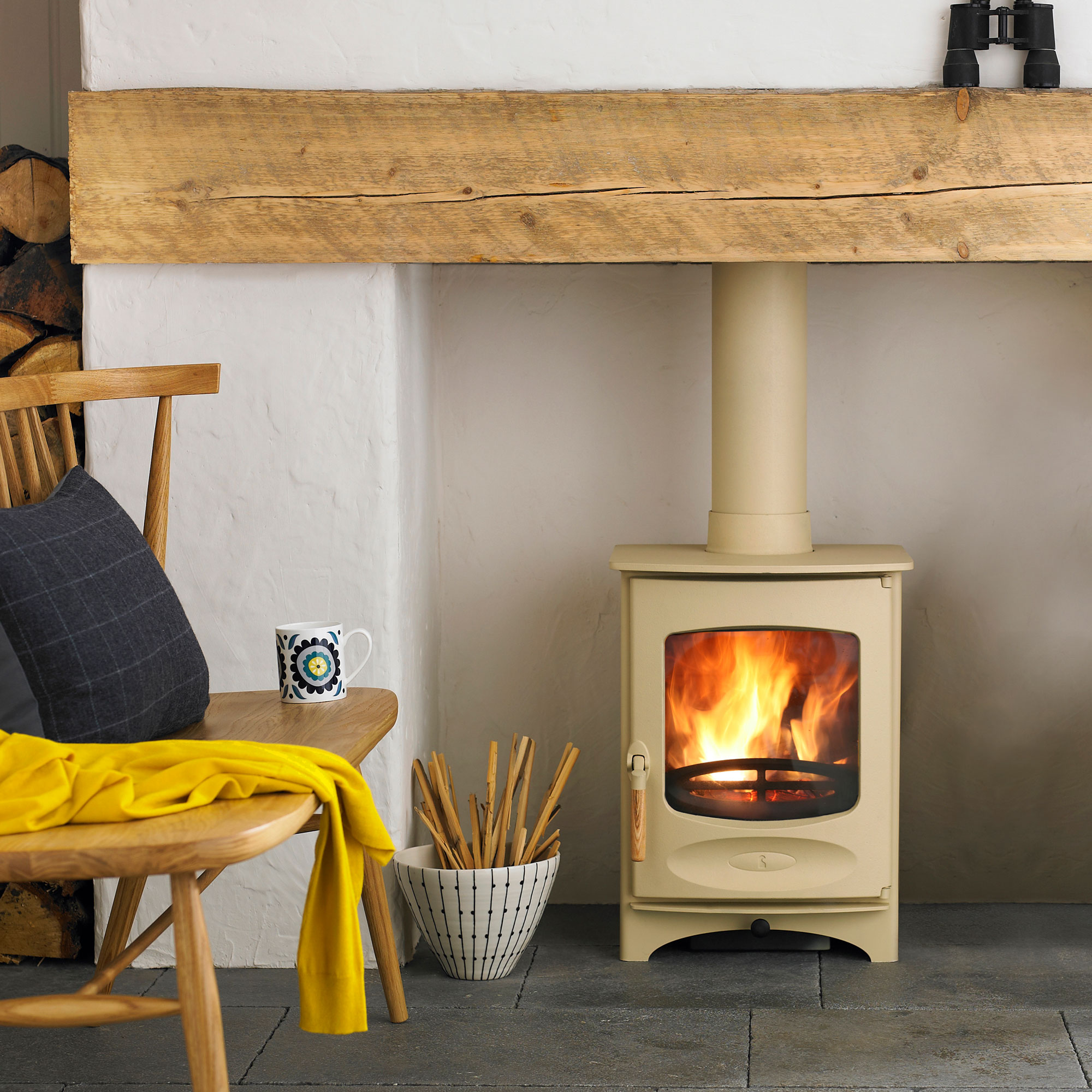
Much has changed in the world of wood burners in recent years, largely due to concerns over the effect they were having on the environment prior to more modern technological advances. What this means is, before any kind of installation begins, you need to be sure that the wood burner ideas you are considering comply with up-to-date rules and regulations.
'One of the key considerations is to ensure your stove is a modern, directly vented model,' explains Joanna Humphreys. 'Also, check your chosen stove meets local DEFRA smoke control zone regulations.'
We installed our stove before the 'Ecodesign standard' came into effect in 2022, but these days all new stoves need to meet agreed emission standards and the environmental and efficiency standards designed to keep emission low.
Shop Ecodesign log burning stoves
2. Notify building control
This is a big point to note – if you plan on DIYing this task you'll need to read up on building regulations for log burner installation.
If you use a certified installer, such as a HETAS engineer, they will ensure that all building regulations are met and provide you with a Certificate of Compliance for your records. When you take on installation yourself, like us, you will need to arrange this which can add to costs and cause delays.
'If you fit your stove yourself, or have a non-HETAS installer do the job, you will need to tell your local Building Control department before you start any work,' explains Joanna Humphreys. 'This isn’t strictly planning permission, but it is a necessary first step.
'When the work is complete, they will need to inspect it to ensure all building regulations have been met,' continues Joanna. 'This will be at your expense, so make sure to factor this into your stove budget and be aware that failure to follow the guidelines could result in a penalty.'
3. Your stove needs to sit on a suitable hearth
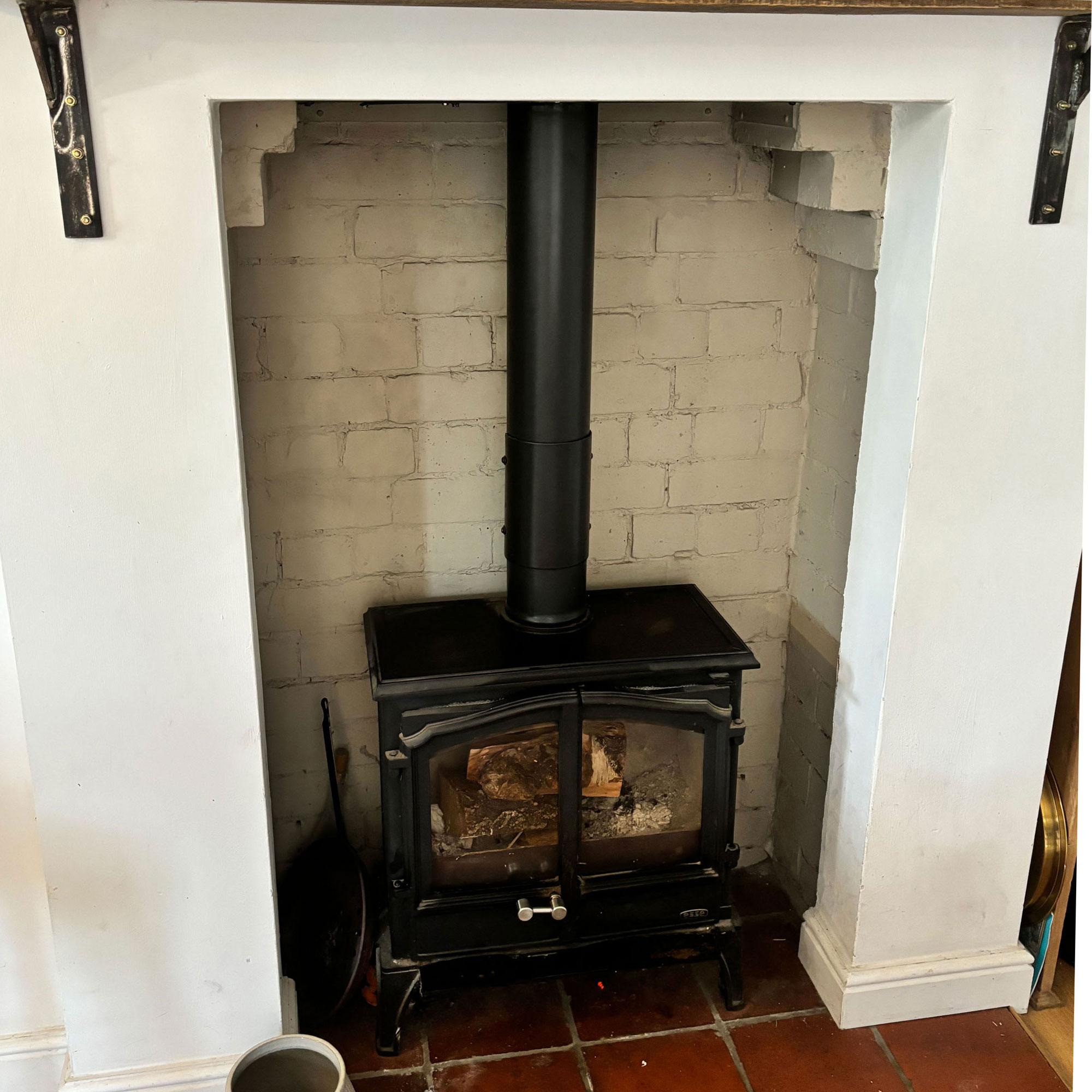
My own log burner sits on a hearth made from quarry tiles.
Whatever your fireplace ideas might be, you can't just go sitting your new stove on any old surface that takes your fancy. In our case, this meant building a suitable hearth, made from non-combustible materials, although it is possible to buy pre-made hearths for the job.
Our hearth is made from thick quarry tiles we salvaged from the old dining room, but other suitable materials include stones such as slate and granite.
There are different hearth regulations for freestanding stoves and those built into chimney recesses. Our log burner sits within an existing fireplace so it needed to project at least 500mm out in the room and be a minimum of 150mm wider than the recess it sits within.
4. You're going to need a head for heights
While much of the work involved installing a log burning stove takes place on the ground, there are certain aspects which will require you to get up onto the roof – so you'll need to feel comfortable with this, as well as being the owner of a suitably long ladder.
In order to get the flue liner into our chimney and the pot hanging cowl needed to secure the liner in place (as well as keep the chimney protected from rain, birds, and any vermin that might fancy a rummage), we had to get up onto the roof.
For us, this was made a lot easier by the fact that we still had scaffolding in place due to the roof replacement that was going on, which made the job a whole lot less hazardous when it came to reaching the top of the chimney.
If heights really aren't your thing, calling in a roofer or other suitable professional to carry out the work will be money well spent.
5. You may need to call out a chimney sweep
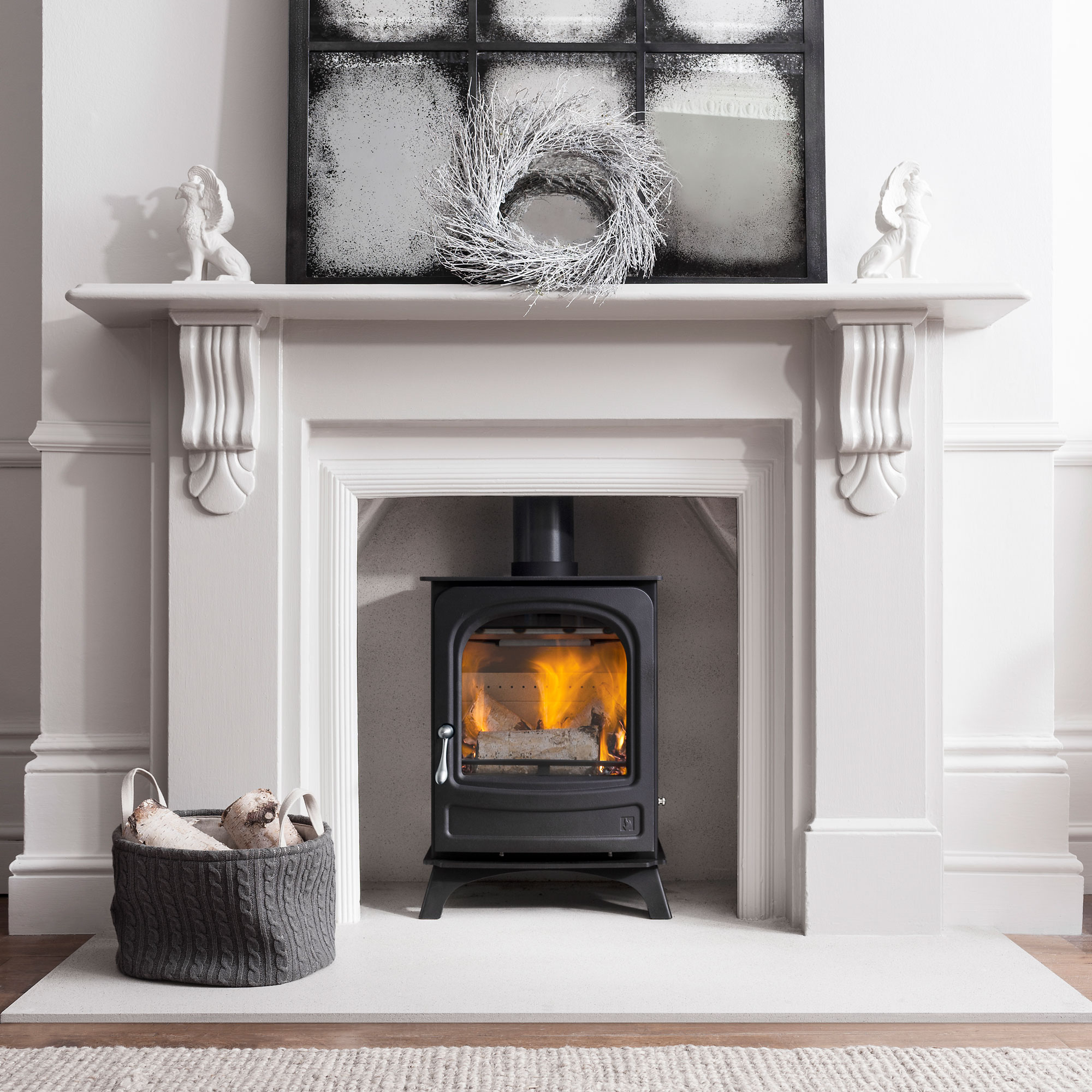
If, like us, you plan on siting your new log burner within an existing fireplace, vented up into the chimney, you are going to have to ensure that the chimney in question is up to the job of taking smoke and gases up and away safely. This will be the case whether you are installing a wood burner or open fire.
To verify that your chimney is in sound condition, you'll need to call out a qualified chimney sweep (the National Association of Chimney Sweeps and The Guild of Master Chimney Sweeps are both good starting points).
It might be that repairs are suggested or that some of the mortar or masonry needs to be replaced. Again, you can undertake this yourself, or leave it to the pros.
6. Log burning stoves are really heavy
Finally, another point to note if log burner installation is on your weekend to-do list – you are going to need some muscle to get this job done and it certainly isn't a task to undertake alone.
Whatever style of log burner you have opted for, they weigh a considerable amount (upwards of 100kg) and maneuvering them into position is no small task.
If you plan on installing your own flue liner and will be getting up on the roof, you will also need someone with you to supervise and hold the ladder. In short, this could be one of those dangerous DIY jobs that requires help – or professional input.
FAQs
What size log burner do I need?
It is so important to select the right size log burner for the space you plan on siting it.
As a general guide, experts recommend measuring your room in metres and dividing it by 14 (so length x width x height ÷ 14). However, if your space is open plan, is based around open staircase ideas or is badly insulated this needs to be taken into account when choosing the right stove size. Stovefitters Warehouse suggest dividing the room size by 10 if your room is poorly insulated or by 25 if it is within a new-build and super-insulated
'When selecting the perfect wood burner for your home, the size of the stove is an important factor,' explains Joanna Humphreys. 'For instance, if the stove is able to generate up to 5kW but only operates at 2kW, it will not be functioning at an efficient temperature and will generate more emissions. Therefore, ensuring that the size is appropriate for the area of use is fundamental for efficient and sustainable usage.'
To help you make the right choice for your home, check out the things I wish I'd known before installing a log-burning stove at home.

Natasha has been writing about everything homes and interiors related for over 20 years and, in that time, has covered absolutely everything, from knocking down walls and digging up old floors to the latest kitchen and bathroom trends. As well as carrying out the role of Associate Content Editor for Homebuilding & Renovating for many years, she has completely renovated several old houses of her own on a DIY basis.
You must confirm your public display name before commenting
Please logout and then login again, you will then be prompted to enter your display name.
